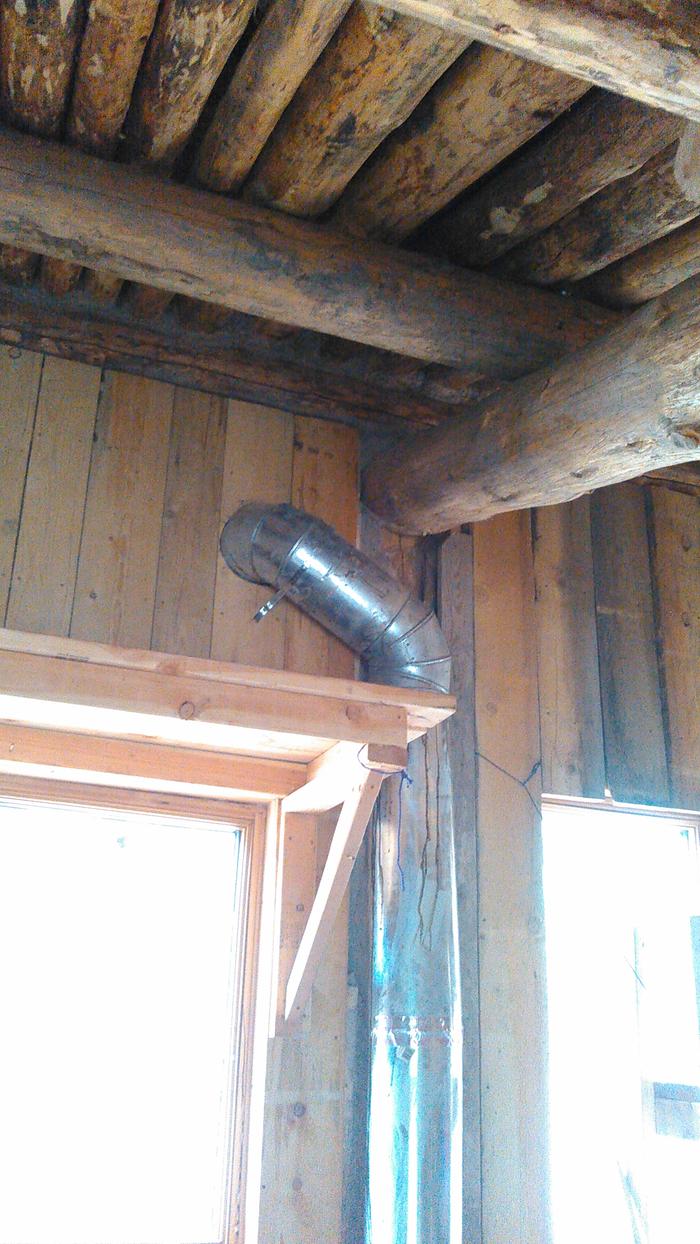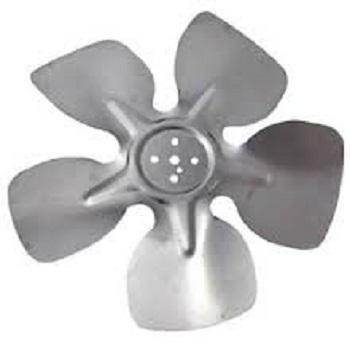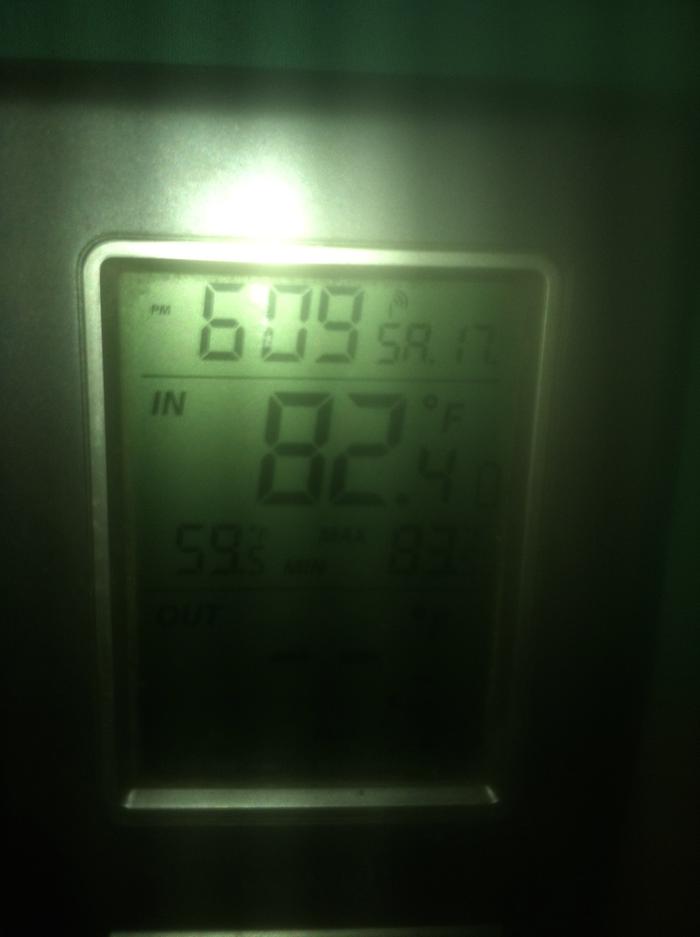










God of procrastination https://www.youtube.com/watch?v=q1EoT9sedqY
 1
1








 1
1




regards, Peter





Peter van den Berg wrote:Gents,
You are experiencing either a cold plug or a newspaper plug. Burning lots of newspaper in the last cleanout is asking for a wad of blackened paper in one of the bends collecting lots of water. Sorry Max!
 And that wouldn't plug the last vertical flue
And that wouldn't plug the last vertical flue  Tho, i would still insulate it!
Tho, i would still insulate it!
God of procrastination https://www.youtube.com/watch?v=q1EoT9sedqY




Satamax Antone wrote:Tho, i would still insulate it!
 , but preferably not before that big lump of cob is dry.
, but preferably not before that big lump of cob is dry.
regards, Peter









 Or do as i have done on my green machine, put an electric fan at the end of the chimney, for startups. I run it usualy 10 to 20 minutes, till the last elbow before my wall restriction is at about 40C°
Or do as i have done on my green machine, put an electric fan at the end of the chimney, for startups. I run it usualy 10 to 20 minutes, till the last elbow before my wall restriction is at about 40C°
God of procrastination https://www.youtube.com/watch?v=q1EoT9sedqY




mike jastram wrote:26 min, we opened the door and got a bad flameout into the room.
regards, Peter










God of procrastination https://www.youtube.com/watch?v=q1EoT9sedqY




mike jastram wrote:I'm currently trying my best to dry the mass by keeping heat constantly. I don't feel very optimistic about this since the flue gas seems to enter the mass at about 60deg f.
regards, Peter









mike jastram wrote:Max, that's about what I'm figuring I'm going to do to make this thing liveable. Unfortunately I am only paul's tenant so he'll have to approve it but I think it's a relatively sensible way to make the system liveable until and if it starts running better.
Peter, I agree. I believe the vertical stack was hovering around 65 f or higher, compared to 55 f ambient indoors. Unfortunately I wasn't paying attention while we burned all day yesterday what the temps were. Oddly we don't usually get smokeback failure even when the room warms.
Thanks again for the help. We're going to be away from the system for the next two weeks so I'll update upon our return.
God of procrastination https://www.youtube.com/watch?v=q1EoT9sedqY








regards, Peter

 1
1




God of procrastination https://www.youtube.com/watch?v=q1EoT9sedqY













Rick Edwards wrote:Spirals keep coming up. The other thing is that these systems designed properly run so efficient that it seems like a lot of work for cleverness and not much else. In this case I think less is more.








regards, Peter
 1
1





















Hans Albert Quistorff, LMT projects on permies Hans Massage Qberry Farm magnet therapy gmail hquistorff




Matt Walker wrote:Sorry, my first sentence should have said "Two barrels is all that a 6" will drive" with regards to the radiating surface, so as not to cool the exhaust to the point of stalling. Still might be close, but you will have a good chimney so it should work.
Peter van den Berg wrote:
Rick Edwards wrote:After the second barrel, can the exhaust go up to 8" if we have more of that laying around?
Peter. Thanks for the plans, most excellent.
Yes. Chimneys can be larger diameters as the heater, not smaller.
You're welcome, I do sincerely hope it will solve the heating problem.
Peter van den Berg wrote:
Jay C. White Cloud wrote:A chimney within a wood burn system for a given combustion shaber for a given run of horizontal, and Up down radiant passages should fall within certain parameters depending on multiple factors of location, elevation location of build, and general design of system...These chimneys are meant to match the system...definitely not undersized, yet too large will also cause inefficiencies, and/or failures.
Agree. In these specific circumstances I'd think it will work.
Matt Walker wrote:Well Peter, you touched on most of my concerns. Insulating all around the flue would go a long way towards alleviating most of my concern, which is that the giant heat sink of the ground around three sides of the flue is going to keep that flue too cool to work well. Condensation and chimney stall will be constant instead of a seasonal hump to get over by warming the mass. Less surface to radiate into the space is another issue. It may work, but I'd be surprised if it isn't a constant battle.
Projects, plans, resources - now on the Permies.com digital marketplace.
Try the Everything Combo as a reference guide.








Erica Wisner wrote:From just looking at the site itself, Ernie was leaning toward a bypass from the cap before the boomerang starts, directly to the exit chimney, to allow heating up the space and drying out the chimney before attempting to heat the floor.
 . The bypass pipe could be even a 6", it would be sufficient for the batch box. Once the air speed is up to a decent level the thing should go like ehrmm... a rocket?
. The bypass pipe could be even a 6", it would be sufficient for the batch box. Once the air speed is up to a decent level the thing should go like ehrmm... a rocket?
regards, Peter
 1
1













God of procrastination https://www.youtube.com/watch?v=q1EoT9sedqY










|
Space seems cool in the movies, but once you get out there, it is super boring. Now for a fascinating tiny ad:
Rocket Mass Heater Resources Wiki
https://permies.com/w/rmh-resources
|






